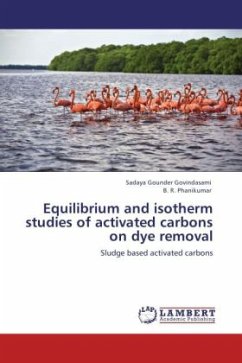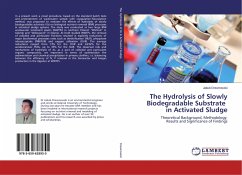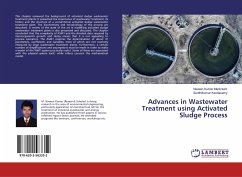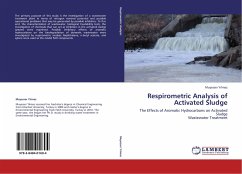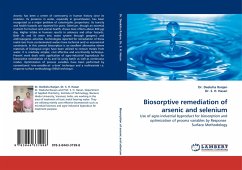Activated carbon is a highly effective adsorbent that is extensively used for air and drinking water purification and is increasingly applied in industrial waste water treatment. The use of highly structured and robust activated carbons based on non renewable and relatively expensive starting materials such as coal is unjustified in most pollution control applications. Reactive dyes that do not react with the fiber and are in hydrolyzed state encounter themselves in a different and irretrievable form in the resulting effluent. Thus, the removal of dyes from effluents before they are mixed up with unpolluted natural water bodies is important. Functional groups and chemical composition of carbons have been analyzed through Fourier transformed infra-red (FT-IR) spectroscopy and X-ray diffraction technique respectively. Batch adsorption studies were conducted to evaluate the use of sugar mill sludge activated carbon (SSAC), paper mill sludge activated carbon (PSAC) and tannery sludgeactivated carbon (TSAC) on dye removal by varying the dose of carbon, contact time, initial concentration of dye solution, particle size of carbon, pH and temperature of dye solution.

